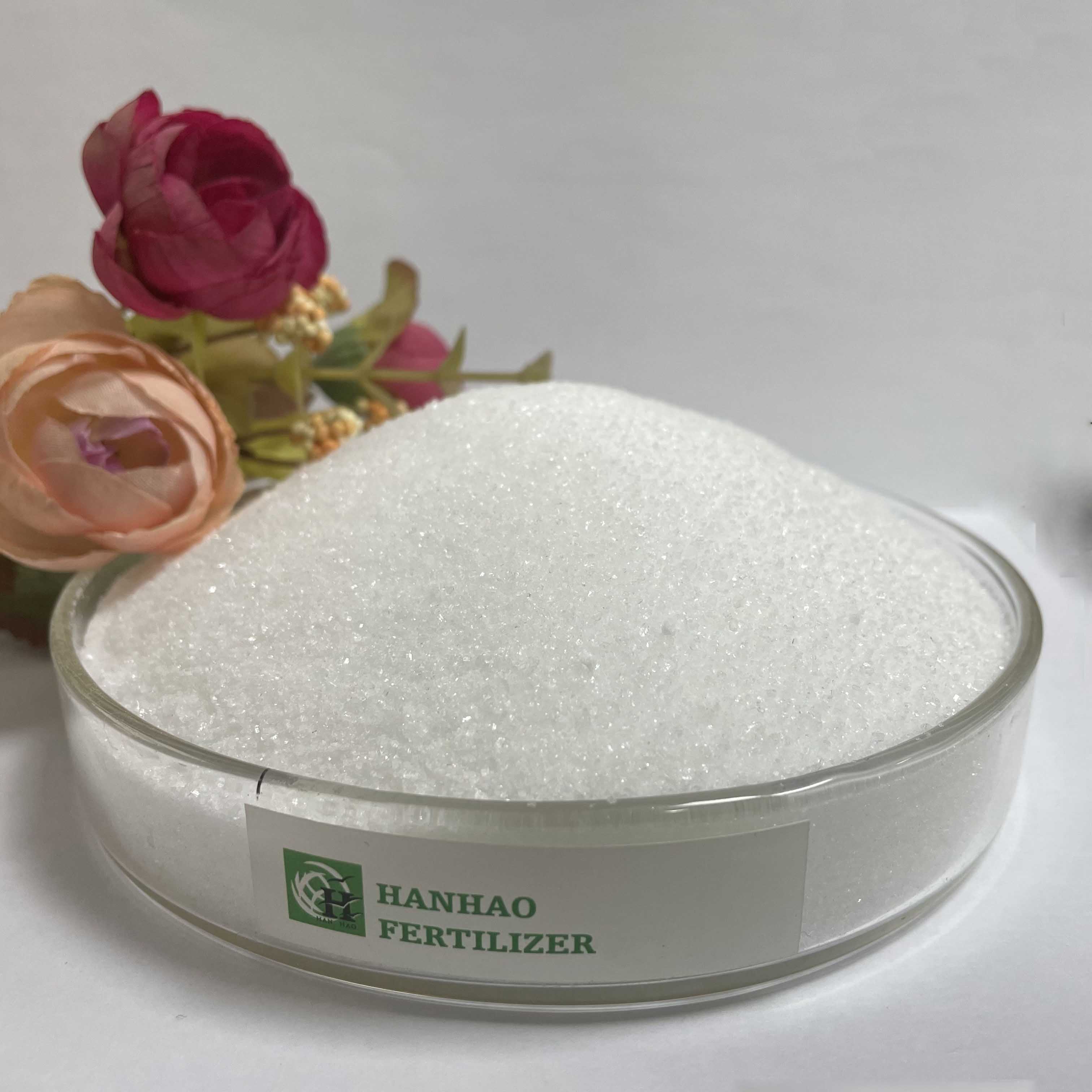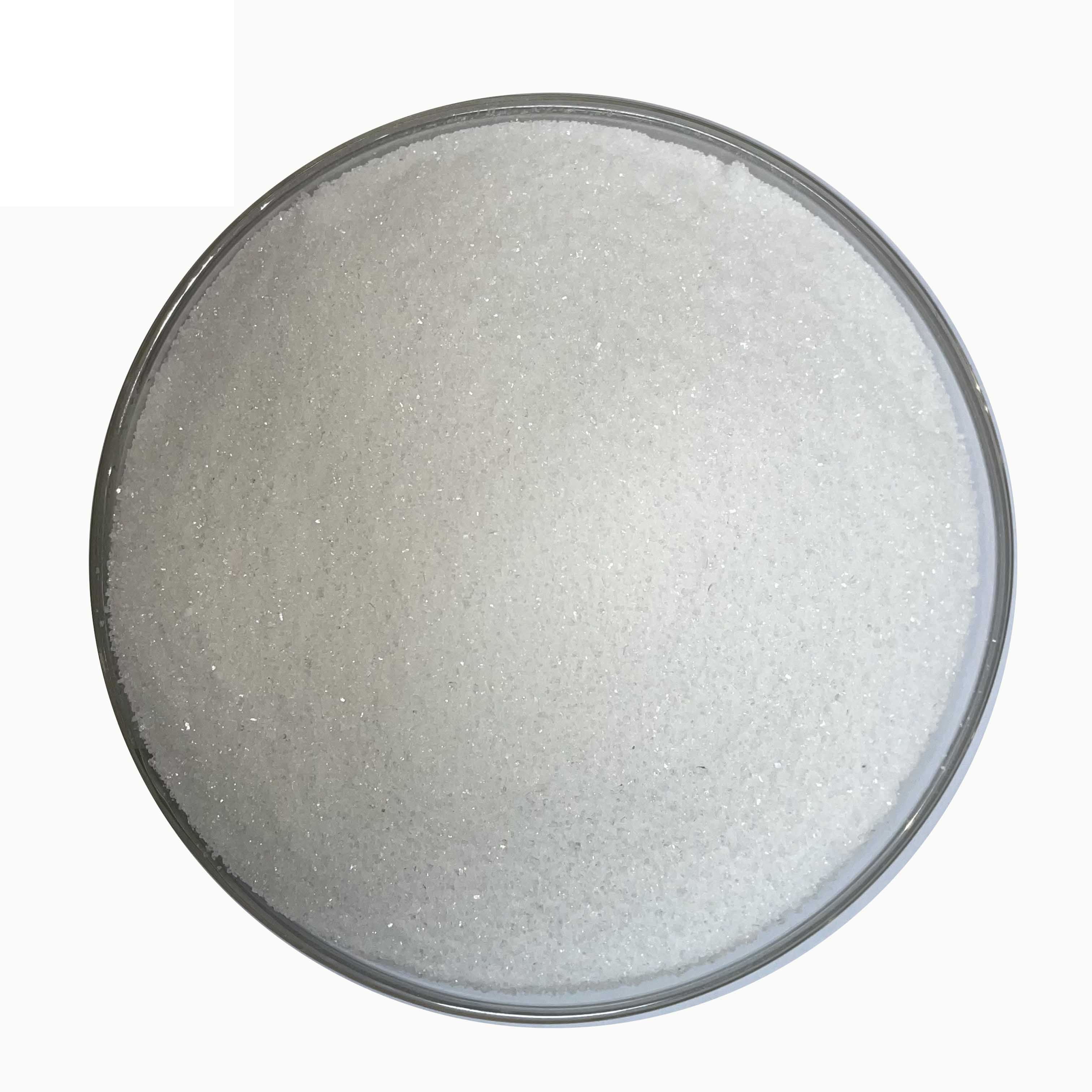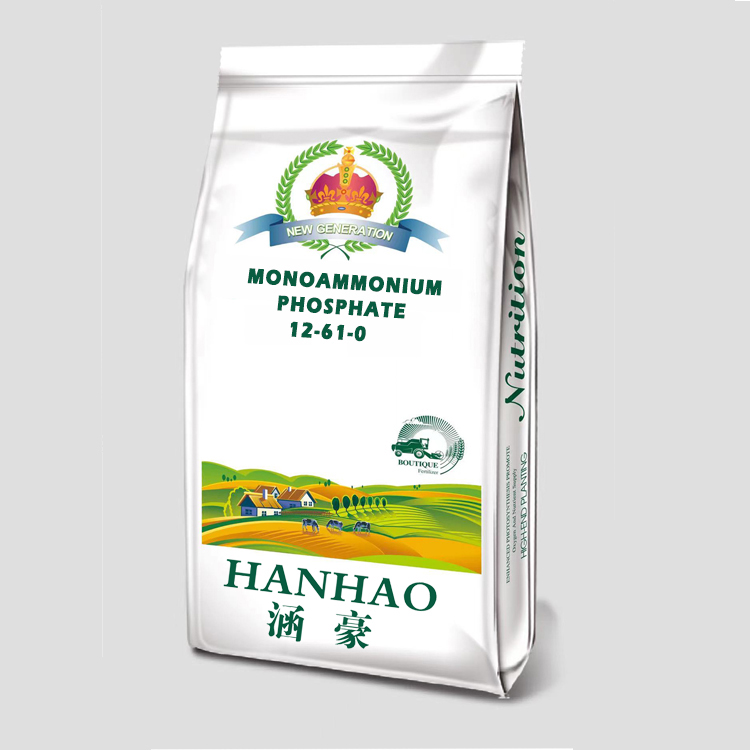
Oct . 02, 2025 11:40 Back to list
10 10 10 fertilizer organic: Safer, Balanced, Fast Results?
Is “10-10-10 Organic” What You Need, Or Is MAP 12-61-0 the Real Workhorse?
If you’re googling 10 10 10 fertilizer organic, you’re not alone. Many growers ask for a perfectly balanced, organic-friendly blend—then switch lanes once they see what a precision input like monoammonium phosphate (MAP) 12-61-0 can do for early vigor and flowering. To be honest, the “balanced” label is comforting, but in real-world fertigation and foliar programs, targeted P often wins the season.

Product Snapshot: MAP 12-61-0 Water-Soluble Fertilizer
From A-713, Zhengyang City Square, Chang’an District, Shijiazhuang, Hebei, this MAP is high-purity, fully water-soluble, and built for fertigation or foliar. It blends cleanly and behaves predictably—two things you want when you’re chasing yield targets or uniform canopy growth.
| Parameter | Spec (≈, real-world use may vary) |
|---|---|
| Grade | Monoammonium phosphate, 12-61-0 |
| Purity | ≥ 99% |
| Solubility @20°C | ≈ 370 g/L, 100% water-soluble |
| pH (1% sol.) | ≈ 4.5–5.0 |
| Moisture | ≤ 0.2% |
| Heavy metals | Cd, Pb, As typically ≤ trace (ICP-OES tested) |
| Appearance | Free-flowing crystals |
| Packaging | 25 kg bags; palletized |
| Service life | 24 months in dry, sealed storage |
| Certs/Compliance | Meets common fertigation specs; aligns with AOAC/EN test methods |

Process & Quality: How It’s Made and Verified
Materials: food/technical-grade phosphoric acid + ammonia. Method: controlled neutralization, crystallization, drying, screening. QC: AOAC Kjeldahl for N, EN methods for water-soluble P, moisture by Karl Fischer, metals by ICP-OES. Batches are retained, traceable, and checked against supplier COAs. It’s not glamorous, but it’s consistent.
Where It Fits (and How It Compares to “Balanced” Blends)
- Fertigation for greenhouse tomato, cucumber, berry; early-season P push.
- Foliar on orchards (citrus, pome), especially pre-bloom.
- Hydroponics: pairs with K sources to fine-tune EC and ratios.
- Turf: spoon-feeding programs needing quick P availability.
Want the feel of 10 10 10 fertilizer organic in a precision program? Blend MAP with potassium sulfate and a nitrate source to approximate ratios, then tweak by tissue tests. Many customers say that’s how they “graduate” from bagged blends to data-driven feed.

Vendor Snapshot (real-world notes)
| Vendor | Purity | Docs | Blendability | Notes |
|---|---|---|---|---|
| HH Fertilizer (Hebei) | High (≥99%) | COA, MSDS, batch QC | Excellent, low insolubles | Clean in drip lines; consistent bags |
| Generic import | Medium | Variable | OK, occasional haze | Spot-check metals and moisture |
| Local co-op blend | Depends | Blend sheet only | Good | Ask for solubility proof |
Field Notes, Feedback, and Results
Case 1 (Greenhouse tomato): Switched from 10 10 10 fertilizer organic-style program to MAP-led feed; saw faster flowering and tighter internodes in week 3. Tissue P normalized after two fertigation cycles. Case 2 (Citrus): Foliar MAP pre-bloom improved fruit set; grower liked the leaf cleanliness—no sticky residue. Turf program: Light weekly MAP with K boosted spring color without pushing thatch.
Testing standards referenced: AOAC Kjeldahl for N; EN 15958 for water-soluble phosphate; metals by ICP-OES. Compliance: EU 2019/1009 framework where applicable. It seems dull, but these acronyms are your insurance.

Quick FAQ
Is MAP “organic”? Typically no; it’s mineral. For certified organic, verify OMRI/allowed-substance lists. However, many integrated programs pair MAP with organic matter inputs to excellent effect.
How to blend toward a 10 10 10 fertilizer organic feel? Combine MAP (P+N) with K sulfate and a nitrate/ammoniacal N source; confirm ratios by lab analysis.
Citations
- FAO. Fertilizer and Plant Nutrition Guide. Food and Agriculture Organization.
- AOAC International. Official Methods of Analysis (Kjeldahl Nitrogen, various matrices).
- EN 15958. Fertilizers—Determination of water-soluble phosphorus content.
- Regulation (EU) 2019/1009. EU Fertilising Products Regulation.
-
Sustainable Growth with Organic Phosphate Fertilizer | Benefits & Innovations
NewsNov.24,2025
-
Organic Phosphorus and Potassium Fertilizer: Sustainable Soil Nutrition & Global Impact
NewsNov.24,2025
-
Organic Phosphorus Fertilizer: Sustainable Nutrient Solutions for Modern Agriculture
NewsNov.23,2025
-
Sustainable Growth with Organic Phosphorus Plant Fertilizer | HH Fertilizer
NewsNov.23,2025
-
Organic Plant Meal Fertilizer for Sustainable Agriculture – Benefits & Innovations
NewsNov.22,2025
-
Organic Plant Root Fertilizer – Sustainable Solutions for Healthy Soils & Stronger Plants
NewsNov.22,2025
